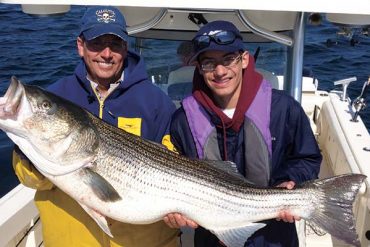
It’s August, which comes from the Greek word for “That is one beauty of a sunburn you’ve got there!”
Emma is a redhead who could get sunburn shut up inside a shoebox. And what I have learned after years of physically holding her down to apply sunscreens of every conceivable type is that sunscreens don’t work, the idea of “waterproof” sunscreen is ridiculous, and you can’t trust anybody. The only really effective protection is covered skin.
Parents or anybody else seeking reliable information about sunscreen are in for major frustration. The vaunted American Cancer Society, for example, offers little more guidance than to choose one with “broad spectrum” protection against both the A and B rays of ultraviolet light. All sunscreens, it says, contains UVB protection, but UVA rays also contribute to skin cancer. The society advocates SPF 30 or above, noting that SPF 15, 30, and 50 filter out 93 percent, 97 percent, and 98 percent of UVB rays, respectively. In other words, you get dwindling amounts of extra protection from higher SPF numbers. And that’s pretty much all they have to say on their Choose the Right Sunscreen page.
What they don’t tell you is that most dermatologists favor old-school, mineral-based sunscreens that sit on top of your skin, with…





